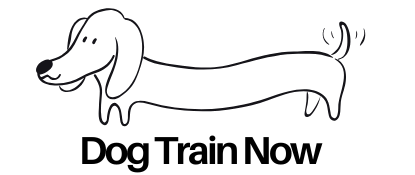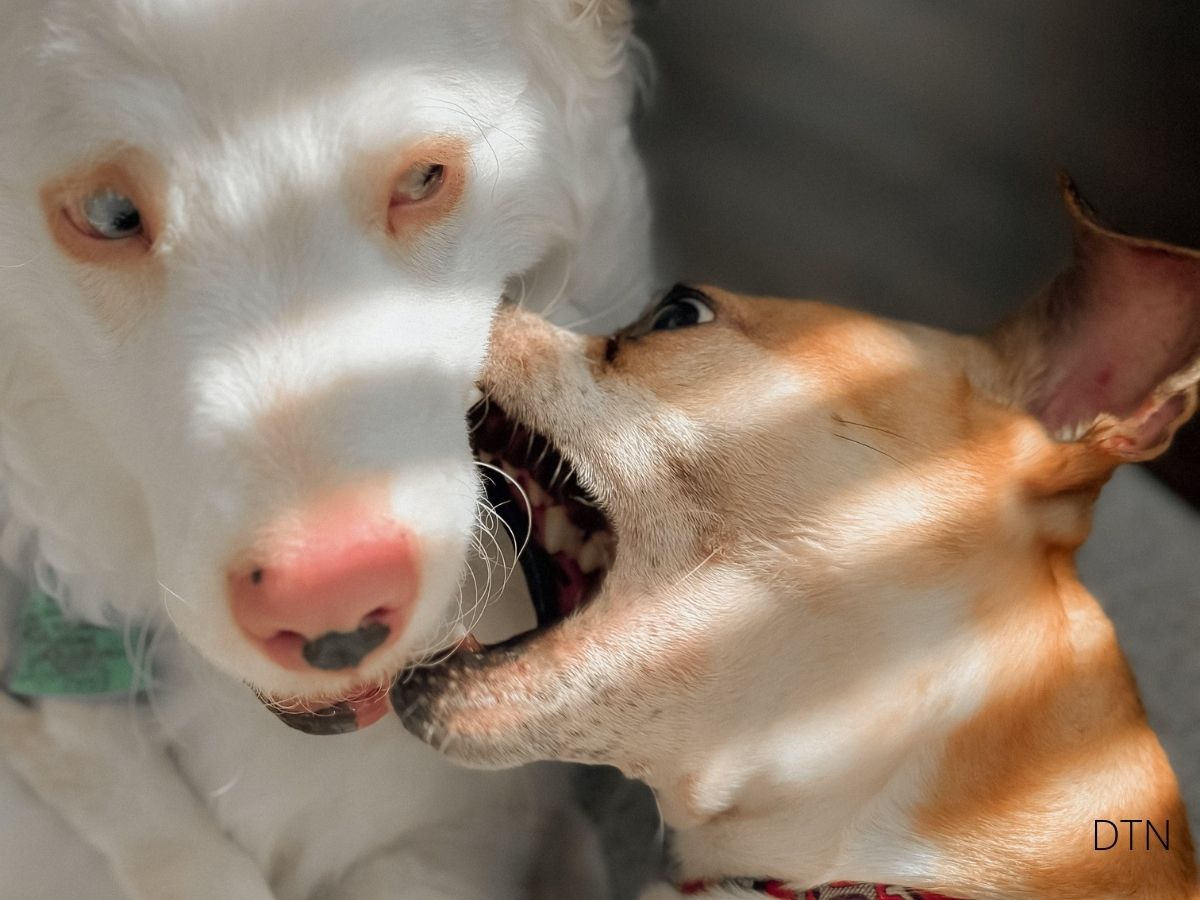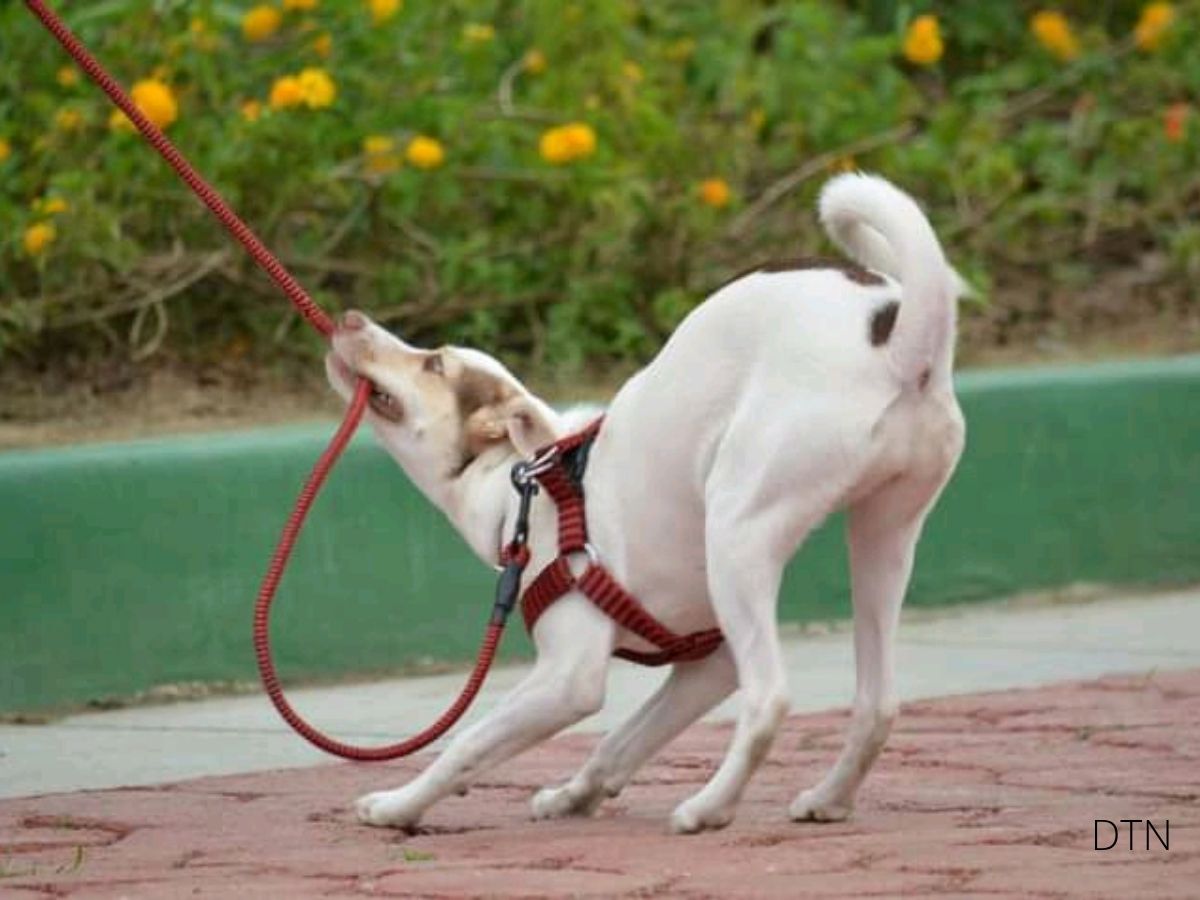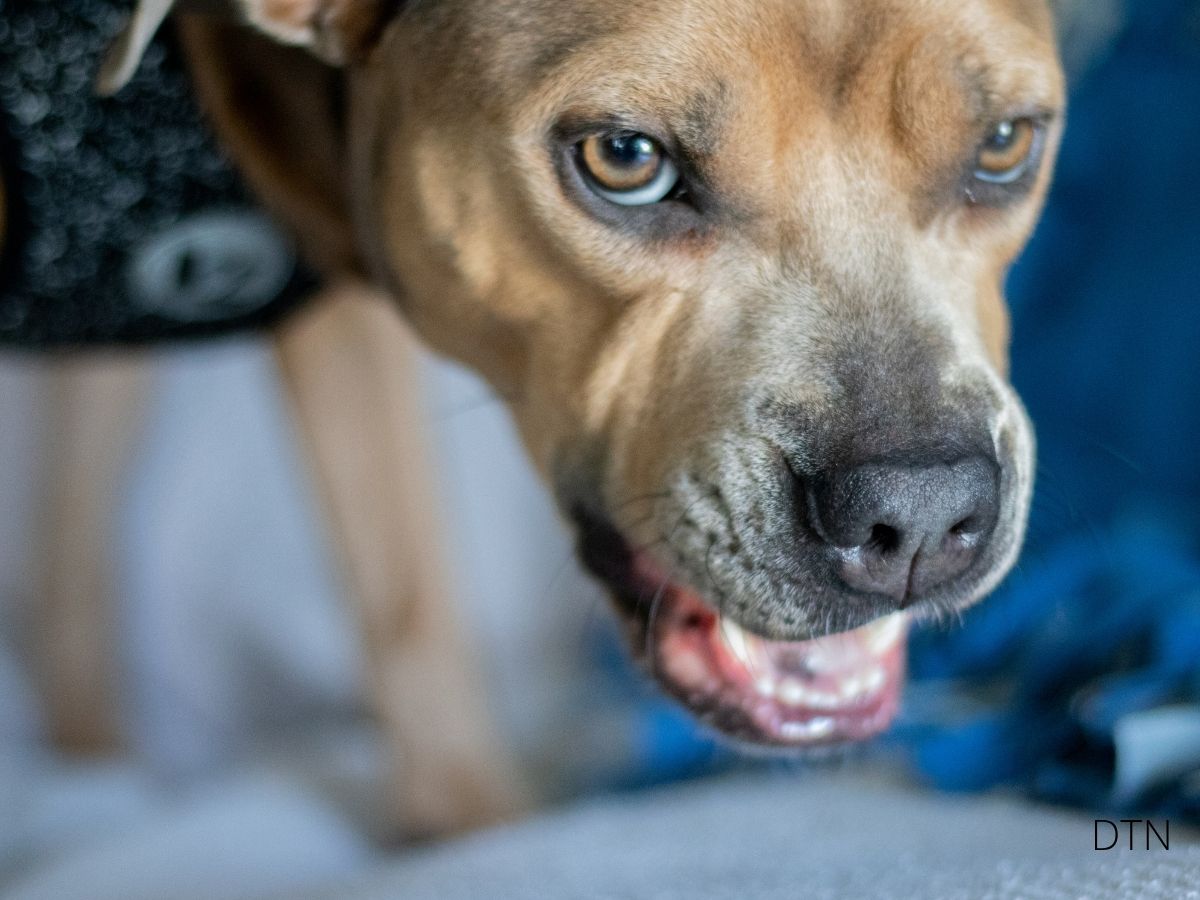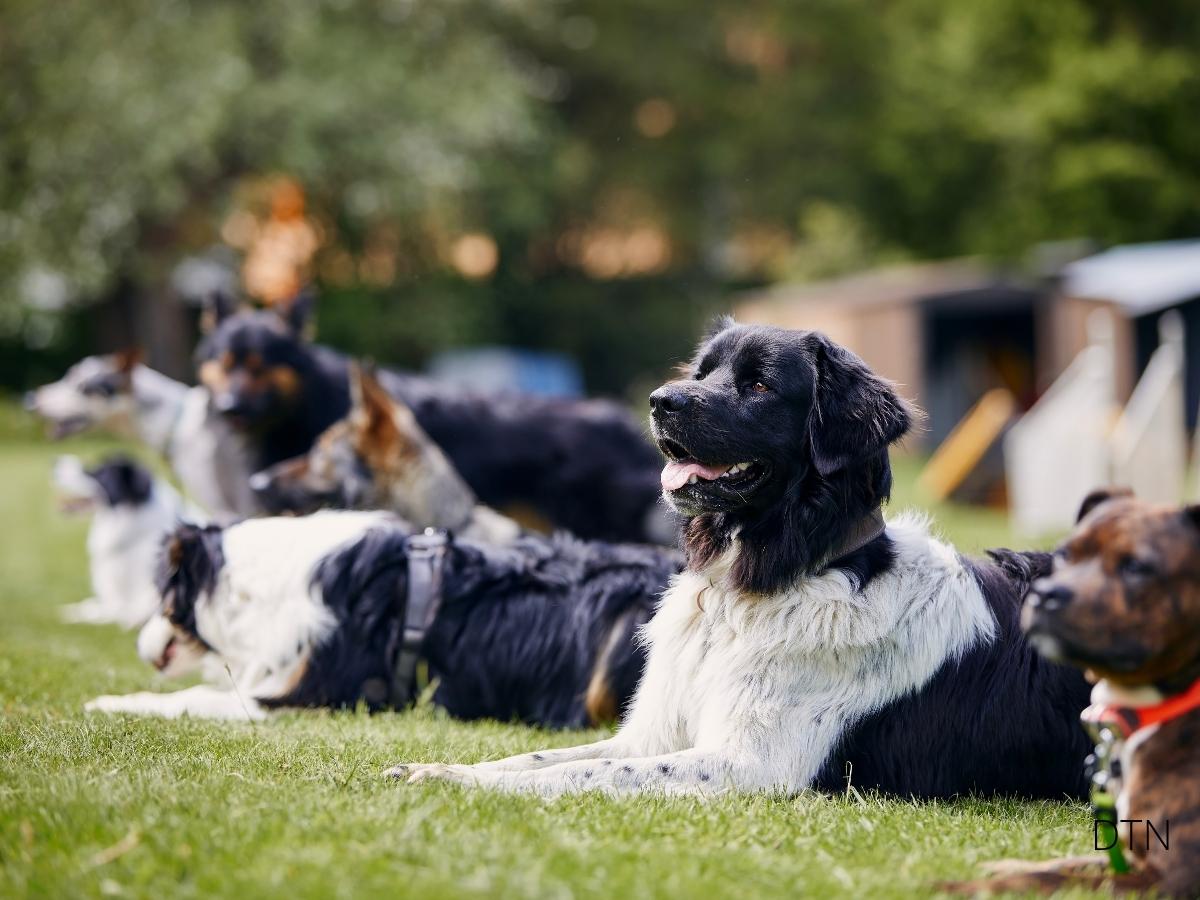Introduction: Why Your Dog Isn’t a Simple Machine
Have you ever wondered why your dog suddenly “gets” a trick after weeks of practice, or why a normally calm companion can unexpectedly snap during stress? Traditional training tells us dogs learn through simple repetition and rewards. But what if we told you that your dog’s mind operates more like a weather system than a computer program?
This revolutionary perspective, grounded in complexity science, reveals your dog as a Complex Adaptive System (CAS) – a living network where countless small interactions create the personality, quirks, and capabilities you love. Understanding this changes everything about how we approach training, stress management, and daily care. 🧠
The Emergence of Personality: More Than Training Can Explain
When you observe your dog’s unique character, you’re witnessing emergence in action. Their personality isn’t stored in any single brain region or gene. Instead, it emerges from millions of tiny interactions: neurons firing, hormones circulating, memories forming, and environmental inputs processing simultaneously.
Self-Organization in Action
Notice how your dog has developed elaborate morning routines you never taught? This self-organization is how complex systems naturally create patterns from repeated experiences. Your dog’s brain builds behavioral repertoires that help them navigate their world efficiently, seeking stable “attractor states” – preferred patterns of behavior that feel safe and rewarding.
These self-organized behaviors explain why some habits are incredibly hard to break. They’ve become deeply embedded in your dog’s behavioral landscape, requiring more than simple retraining to shift.
Communication: Small Signals, Big Impacts
A slight change in your tone can dramatically alter your dog’s behavior. This isn’t oversensitivity – it’s nonlinearity in action. In complex systems, tiny inputs can trigger massive outputs.
The Feedback Loop Between You
Your emotional state doesn’t just influence your dog; it fundamentally reorganizes their behavioral system. Research shows that dog-human pairs operate as coupled systems where your stress hormones trigger stress responses in your dog within minutes, while your calm demeanor down-regulates their anxiety. This bidirectional feedback means managing your emotional state becomes a powerful tool for shaping behavior.
Dogs communicate through multiple channels simultaneously – vocalizations, body postures, facial expressions, and chemical signals. When these align, communication is clear. But mixed signals, like a wagging tail with tense posture, indicate the system is in transition, searching for equilibrium. 🐾
Learning Isn’t Linear: Understanding Breakthroughs and Plateaus
Traditional training assumes each repetition brings incremental improvement. But if you’ve experienced your dog suddenly “forgetting” a command or dramatically improving overnight, you’ve witnessed nonlinear learning dynamics.
The Learning Landscape
Learning follows a punctuated equilibrium model:
- Exploration phase with inconsistent responses
- Plateau where performance stabilizes without improvement
- Sudden breakthrough as neural networks reorganize
- Integration into behavioral repertoire
These “aha moments” represent phase transitions where accumulated micro-learning crystallizes into understanding. What looks like mistakes might actually be your dog’s system exploring solutions – this “chaotic exploration” builds flexibility and problem-solving abilities.
Training Implications
Every interaction creates feedback loops. Success builds confidence, increasing engagement and creating more success. But frustration triggers stress hormones, impairing cognition and reducing performance. Understanding these dynamics explains why emotional regulation – yours and your dog’s – matters as much as technique.
Dogs do speak, but only to those who know how to listen.
– Orhan Pamuk
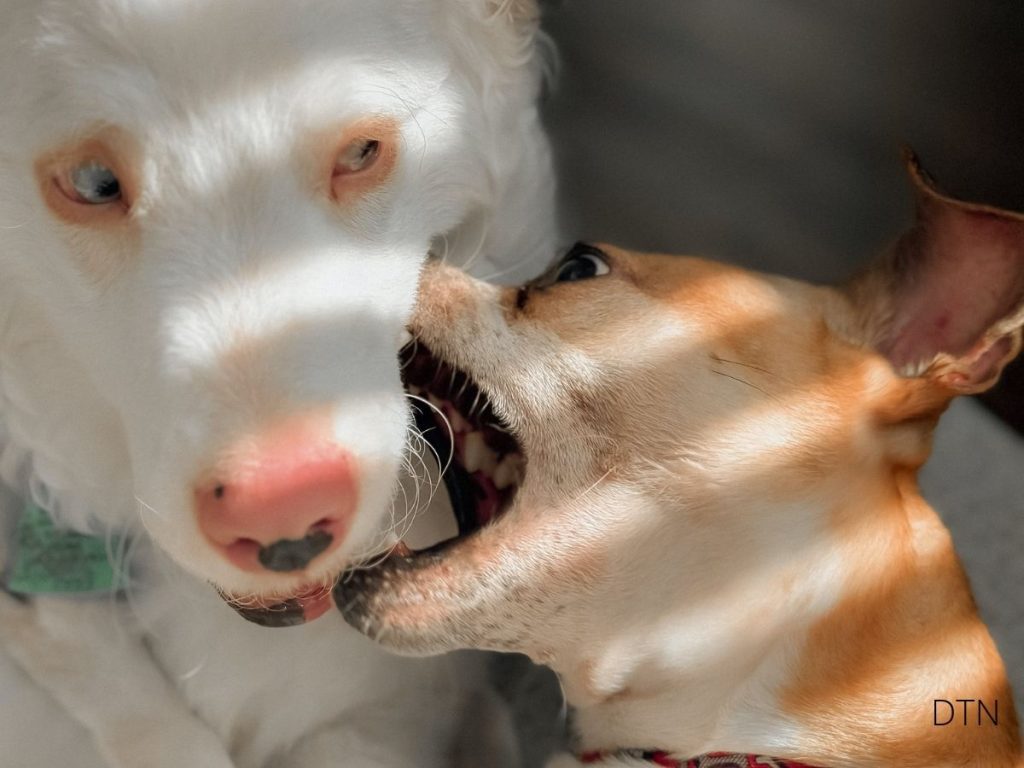
Stress: The Tipping Point Phenomenon
Stress doesn’t accumulate arithmetically in your dog’s system. It builds nonlinearly, meaning the tenth stressor might have vastly more impact than the first nine combined.
Understanding Your Dog‘s Threshold
Think of stress like adding weight to a balanced structure. Initial stressors are easily managed, but near the tipping point, tiny additions cause dramatic shifts. Once tipped, the system reorganizes into a stress-dominated state. This explains why preventing that last straw is more effective than trying to rebuild after collapse.
Every dog has different stress sensitivity based on genetics, early experiences, health status, and learned coping strategies. Learning your dog’s warning signs – subtle changes preceding major responses – allows intervention before the tipping point.
Building Resilience
Resilience isn’t about being stress-proof; it’s about rapid recovery and adaptive reorganization. Your presence fundamentally alters stress dynamics through social buffering that dampens responses and emotional contagion that shares calm states. Your nervous system literally helps regulate your dog’s. 😄
Health Through a Systems Lens
Health issues rarely affect just one component – they create ripple effects throughout your dog’s behavioral landscape.
The Inflammation-Behavior Connection
Chronic inflammation alters neurotransmitter metabolism, increases stress hormones, reduces learning capacity, and shifts behavior toward defensive states. This explains why dogs with allergies or arthritis often show concurrent behavioral changes. The inflammation isn’t just causing discomfort – it’s reorganizing operating parameters.
Early Warning Signals
Complex systems show subtle perturbations before major transitions:
- Increased behavioral variability (mood swings)
- Slower stress recovery
- Changed sleep patterns
- Reduced interest in previously enjoyed activities
Regular monitoring helps track system health over time, catching issues before they cascade.
Nutrition as System Fuel
Your dog’s diet modulates their entire behavioral system. Amino acids in protein directly influence neurotransmitter production – tryptophan becomes serotonin for mood regulation, tyrosine becomes dopamine for motivation. Small dietary changes can shift your dog’s baseline emotional state.
The gut-brain axis adds another layer of complexity. The microbiome produces neurotransmitters, modulates inflammation, and signals directly to the brain. This explains why some dogs show dramatic behavioral improvements with diet changes – it depends on their system’s current state and sensitivity.
Lifestyle Design for System Support
Your dog’s environment actively shapes their behavioral system. Predictable spaces provide anchor points for behavioral organization, retreat options allow recovery when overwhelmed, and enrichment opportunities encourage healthy exploration.
The Power of Routine
Routines reduce computational load, freeing resources for adaptation and learning. They provide temporal structure, reduce anticipatory stress, and establish baseline rhythms supporting regulation. But remember – too much rigidity reduces flexibility. The ideal routine provides structure while maintaining adaptability.
Social dynamics create a field shaping behavioral possibilities. Calm, consistent human behavior promotes stability, while chaotic patterns increase stress. Understanding these dynamics explains why some dogs thrive in busy households while others need quieter environments. 🧡
Practical Applications: Daily Life with Your Complex Dog
Reading System States
Before training, assess your dog’s state:
- High variability suggests instability – focus on calming
- Sluggish responses indicate low arousal – add stimulation
- Hyperfocus might mean stress – check other indicators
- Balanced attention suggests readiness for learning
Training Adaptations
When progress stalls, continue practice without pressure, knowing subsurface reorganization is occurring. When skills disappear, recognize this as potential system reorganization and return to earlier success points without judgment.
Supporting Traumatized Dogs
Trauma creates persistent maladaptive states. Healing involves gently shifting toward healthier equilibriums through titrated exposure at sub-threshold levels, body-based interventions resetting system states, and building positive behavioral states that compete with trauma responses.
Conclusion: A New Way Forward
Understanding your dog as a complex adaptive system transforms your relationship. This perspective is especially valuable if you’ve noticed inconsistent behavior despite consistent training, small changes triggering dramatic shifts, or sensing there’s more than simple cause-and-effect.
Moving forward, remember that every dog is unique, progress isn’t always linear, your emotional state profoundly influences your dog’s system, and health, behavior, and learning are interconnected. Your dog isn’t just following commands – they’re navigating life as an intricate, adaptive, constantly evolving system.
By understanding and supporting this complexity, you become not just an owner but a partner in their ongoing development. Welcome to a richer understanding of your remarkable canine companion. Together, you form your own complex adaptive system, capable of achieving far more than either could alone.
